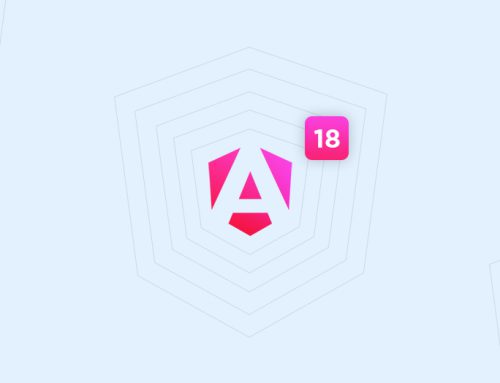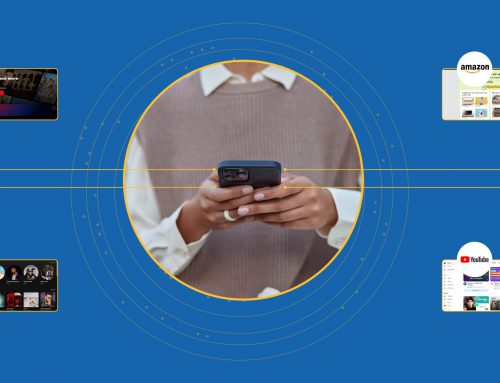Table of Contents
“My goal was never to just create a company. But what not being just a company means to me is not being just that – building something that actually makes a really big change in the world.” – Mark Zuckerberg
From just being a connecting platform for Harward students amongst themselves to having over 2.4 billion monthly active users, Facebook is the most popular social network worldwide. Being a 16 year old company, Facebook’s mission is to give power to the people to build a strong community and bring the world closer together. But along with all of this, Facebook has also flexibly bent the norms of computing.
In 2018, Mark Zuckerberg had stated that,“I consider us to be a technology company because the primary thing that we do is have engineers who write code and build products and services for other people,” Zuckerberg said. Companies like Cisco, Netflix, Walmart, etc. have created apps which are built with some amazing and path-breaking technologies developed by Facebook.
Facebook Open Source: The Inception
With time, Facebook was compelled to create its own technology to accommodate and manage billions of its users. Facebook has created its own in-house tools built as open source. Open Source plays a fundamental role in Facebook’s mission to create a strong community and bring the world closer together. Facebook’s open-source program encourages others to release their code as open-source while working and engaging with the community to support open source projects.
These Facebook open source technologies have now become industry standards. For some top companies, their entire ecosystem is driven by technologies that Facebook pioneered and then open-sourced. They believe in innovation of the needful, rather than just cloning. In 2019, Facebook released 170 new open source projects, expanding their portfolio to a massive total of 579 active repositories. These projects include new ideas and innovations in Artificial Intelligence, Mobile Applications, Data Infrastructure, Development Tools, Front End, Languages, Platforms, Security, Virtual Reality and much more.
To talk about some of the very popular open-source projects, we have listed down a few of them that have brought a revolution in website and mobile application development.
React: The beginning of a new perspective
Facebook wanted to develop more on the lines of creating a behind-the-scenes open source infrastructure which meant one would not interact with Facebook’s code on its website. This introduced React, which changed the way for front end developers to build new-age web interfaces. React is a declarative, efficient, and flexible composable Javascript ‘library’ of open source code for building user interfaces that give the feel of native applications.
Influenced by XHP, a software engineer at Facebook, Jordan Walke had created React. The need for React was to ease the hassle of keeping up with the cascading updates. React proved to be the prototype that makes the process more efficient with taking care of a better and cleaner user experience. Having been tested on Facebook’s News Feed and Instagram first, it was then declared open source in 2013.
ReactJS dramatically widened the opportunities for front-end developers in creating user-friendly interfaces. In recent years, React has turned out to be one of the most widely used libraries. Some of the top companies in the world like Airbnb, Uber, Reddit, Salesforce and more – all use React. This open-source technology is capable of boosting the performance of the application, assists in seamless SEO integration and is surely a robust and adaptable programming library.
React Native: Completing the Puzzle
What started as a hackathon project developed in response to the company’s needs, Facebook found this as an opportunity to leverage React and create a new platform and become a pioneer that offers open-source libraries to build web applications along with tools for building mobile apps using web technologies. In 2015, this idea came to life and they named it React Native.
React Native enables developers to build natively rendered applications on different mobile platforms using JavaScript, meaning the code can be reused for both web and mobile apps. React Native lets you compose a rich UI from declarative components. This makes it utterly easier for developers, eventually saving time and can utilize their skills in a better manner. Companies like Tesla, Vogue, Skype, Bloomberg, etc have been making the most out of React Native.
With tremendous support from the community, React Native is relatively up to date and the number of available modules is increasing. React Native is more like a powerful tool that is constantly evolving and maintained by a strong growing community.
GraphQL: It does the REST with SQL
While the industry was shifting from the web to mobile, fetching interconnected, nested and recursive data was not as simple as it could have been. Facebook figured out that they would require a simpler way for API development and makes life easier. It allowed developers to reduce network usage by utilizing its data-fetching capabilities. They decided to combine the power of SQL and bits and parts of the REST API’s that could give exactly what one needs from the client end.
GraphQL is a query language that lets developers choose the types of requests they want to make and receive the information they require in a single request. It tells the API how to present the retrieved data to the client. This enables developers to make precise data requests so that they receive exactly what they need — nothing more, nothing less.
GraphQL is the single ‘smart’ endpoint that is easy to work with rather than having many ‘dumb’ endpoints. This matters more as it is capable of taking in complex queries and giving shape to the data according to the requirement of the client. This is more efficient in addressing a wide range of large-scale app development problems. Companies like Shopify, Coursera, GitHub, PayPal, Starbucks, and more use this day-in-day-out.
Conclusion
All Facebook had aimed was to solve its own issues to grow as a platform, but eventually led out to extend the support to help other companies use this technology and also, with the help of an extended community, found ways to grow the platform. The idea had never been to compete with other giant tech companies with similar offerings but to innovate and extend the support to anybody out there looking for similar solutions.
Our experts too are enthusiastic about open source technology and exactly know their way around. Be it for mobile or web development, working with some of Facebook’s in-demand open-source platforms. Connect with our tech experts and know more about how these tools can be incorporated into your project.


























Leave A Comment